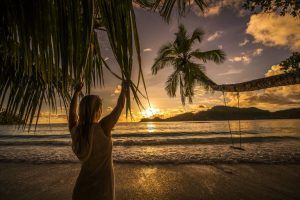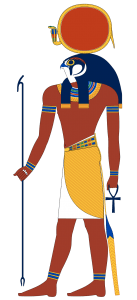by Carol A Westbrook
On the first day of creation, God said. “Let there be light,” according to the Bible. In most major religions, God creates day and night, the sun, or light itself on the first day. To the ancients, the sun was God Himself–the Egyptians had Ra, and the Aztecs, Huītzilōpōchtli.There is something divine about light. Even a non-religious person feels a sense of something special when in bright sunlight.
first day. To the ancients, the sun was God Himself–the Egyptians had Ra, and the Aztecs, Huītzilōpōchtli.There is something divine about light. Even a non-religious person feels a sense of something special when in bright sunlight.
Sunlight! We crave it. We open the drapes, we spend time in the sun, we gaze at the sunset, we build stone  monuments to track it. In the dark days of winter we brighten our homes with candles and holiday lights. Winter religious holidays like Christmas and Chanukah emphasize lights and candles to brighten the darkness, while other holidays come during spring, when the days get longer. Many of us feel the need to travel south in
monuments to track it. In the dark days of winter we brighten our homes with candles and holiday lights. Winter religious holidays like Christmas and Chanukah emphasize lights and candles to brighten the darkness, while other holidays come during spring, when the days get longer. Many of us feel the need to travel south in  the dead of winter, to get a few days of bright light and longer days.
the dead of winter, to get a few days of bright light and longer days.
We don’t need to invoke religion to explain our craving for light, we can look to biology. Light–specifically daylight–is a human need, almost as critical as food, air and water. We need the periodicity of daylight to control our bodily processes, in particular those which occur in a diurnal cycle, such as sleeping, waking, meals, drowsy times, body temperature variations, and fertility.
Hormones control this periodicity. These include cortisol, which controls blood sugar and metabolism, and melatonin, a sleep regulator. Read more »
